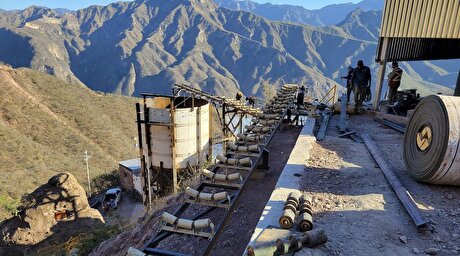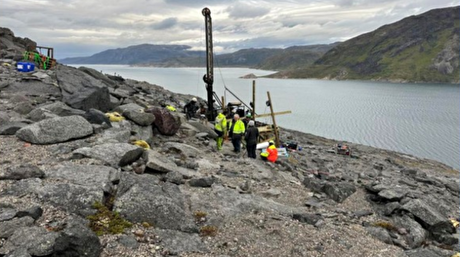
Fortescue narrows average iron ore discount

Fortescue shipped 42.2mn t of iron ore during July-September, down from a record 46.6mn t for April-June but up from 40.2mn t in July September last year. It received an average contractual price of 89pc of the 62pc Fe benchmark in the period, compared with a realisation of just 67pc a year earlier and 87pc during April-June.
The narrower discount reflects generally smaller discounts for lower grade material in the market and a move up the quality scale for Fortescue, with the introduction of its West Pilbara fines (WPF) at the end of 2018 and an increase in the amount of lump that it sells over the past year. This has seen it cut sales of its low grade Super Special fines, helping boost the overall quality of its ore sold during July-September. Lump sales were lower than the firm's planned 1mn t/month at just 2mn t in the July-September quarter.
The firm's average revenue was $85/t during July-September, down from $92/t for April-September, but up from $45/t a year earlier.
Argus last assessed the 62pc Fe price at $86.20/t cfr Qingdao, down from $94.05/t at the end of September. While Fortescue reported a narrowing average discount during July-September compared with previous quarters, Argus assessments show that the discount widened over the period. The 58pc Fe price was at an 8pc discount to the 62pc Fe price on 1 July and was at an 11pc discount on 30 September. Argus last assessed the discount at 12pc yesterday.
Fortescue's cash production costs rose to $12.95/wet metric tonne (wmt) during July-September from $12.78/wmt for April-June but were down from $13.19/wmt in July-September 2018. The firm expects cash production costs will be $13.25-13.75/wmt in the 2019-20 fiscal year to 30 June.
Fortescue forecasts shipments to be 170mn-175mn t in 2019-20, including 17mn-20mn t of its 60.1pc Fe WPF product. It will have to increase its shipments marginally over the next three quarters to meet this guidance.
The firm has had a strong start to October, loading ships with deadweight tonnage (dwt) capacity of 10.52mn dwt in the first 22 days of the month, according to initial shipping data. At this rate it will load ships with around 14.8mn dwt in October, which is in line with September and above both August and July. This initial shipping data overestimates actual iron shipments by around 5pc because it is the maximum capacity of the vessels loaded.
Fortescue plans to spend $2.4bn on capital expenditure in 2019-20, mainly on the development of the Eliwana and Iron Bridge projects, which are both in Western Australia's Pilbara region. Capital expenditure was $1.2bn in 2018-19.


KoBold Metals granted lithium exploration rights in Congo

Freeport Indonesia to wrap up Gresik plant repairs by early September

Kyrgyzstan kicks off underground gold mining at Kumtor

Luca Mining expands Tahuehueto mine with Fresnillo land deal

Equinox Gold kicks off ore processing at Valentine mine

India considers easing restrictions on gold in pension funds

Critical Metals, Ucore ink 10-year offtake deal to supply rare earths to US plant

Critical Metals, Ucore ink 10-year offtake deal to supply rare earths to US plant

Equinox Gold kicks off ore processing at Valentine mine

India considers easing restrictions on gold in pension funds

Luca Mining expands Tahuehueto mine with Fresnillo land deal

Kyrgyzstan kicks off underground gold mining at Kumtor

Ukraine launches tender for major lithium deposit

KoBold Metals granted lithium exploration rights in Congo

















